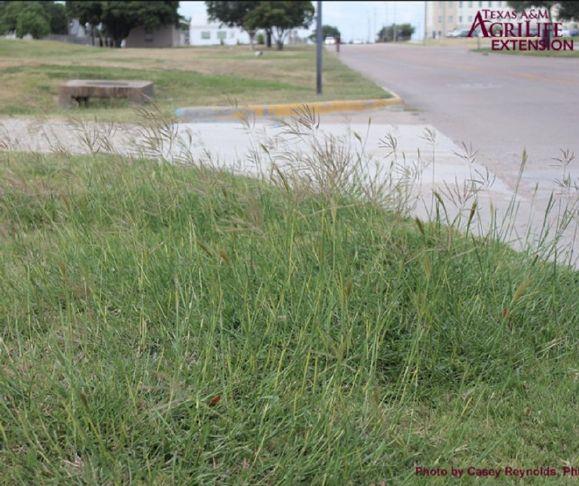Early voting begins Oct. 20 on Midlothian ISD’s $389.2 million bond referendum to address major building and infrastructure needs in the rapidly-growing district.
If the bond passes, it will be the school district’s first in 10 years. The last time MISD voters considered a school ballot measure was in 2024, when a voter-approved tax rate election was rejected with 57 percent in opposition. District leaders realized afterward that they should have been more effective in communicating with voters, so community involvement is being emphasized with the latest balloting.
A Facilities Planning Committee was formed this past spring, and in July the committee revealed its finding of needs for the district, resulting in a recommendation for the bond referendum. The committee came up with a total of 12 recommendations that will appear on the ballot. The initiative is broken down into three propositions.
“Part of the charge to the committee from the board was to bring a fiscally responsible, conservative recommendation to the board,” MISD superintendent Dr. David Belding said Tuesday. “It really focused on needs.”
The committee was a cross-section of citizens, business and community leaders, grandparents, teachers and principals whose recommendations are an important piece of the election, Belding said.
The district maintains a robust informational page on the bond proposal at https://www.midlothianisd.org/about/bond2025 .
Belding said the district’s interest and sinking, or I&S, property tax rate will not change as a result of the vote. The district has plenty of capacity to finance the bonds.
“Our bonding capacity at 41 cents is really $464 million,” Belding said. “If voters approve these three (propositions), we’ll still be able to pay off debt early.”
Another factor that might help the bond pass is a constitutional amendment on the Nov. 4 ballot that would increase a property owner’s homestead exemption by $40,000 valuation, lowering what the taxpayer would owe.
Proposition A consists of projects that address growth and aging conditions in existing facilities. They include the district’s ninth elementary school; renovations to Midlothian High School and Frank Seale Middle School; property purchases for future school sites; capital improvements to existing campuses; technology upgrades to all 17 facilities in the district; transportation and ag facility expansions; and up to 30 new school buses.
The 600-800 wing of MHS was built in 1970 and is in dire need of work. Belding said some restrooms are not being used because of outdated plumbing, and classroom square footage is smaller than modern Texas Education Agency specifications. Frank Seale, which was built in 1984, will also receive improvements.
Also, Longbranch, J.A. Vitovsky and Mountain Peak elementaries would undergo capital improvements. The three schools were built in the late 1990s to early 2000s and are hitting the quarter-century mark.
The new elementary would be the ninth in MISD and would open in the fall of 2028. It would be located in the new Goodland development on MISD-owned land, giving relief to rapidly-growing Vitovsky Elementary.
“It will increase our capacity of seats at the elementary level,” Belding said, adding that the district also owns two additional campus sites in the fast-developing northwest quadrant of MISD.
Prop B proposes Phase 1 of a new Career and Technical Education (CTE) Center to replace the MILE, which is located in the former J.R. Irvin Elementary building. The MILE has been open less than five years and has been quickly outgrown. If Prop B passes, the MILE would be converted into an expanded alternative education center.
“At the MILE right now we have 32,000 square feet to support the CTE programs that we offer there,” Belding said. “What our district facilities committee is recommending is that we build a new standalone CTE facility at 125,000 square feet. It would increase the capacity for our current programs, but then expand the capacity to expand the programs that we offer.”
Finally, Prop C would allocate $5.6 million for the purchase of student and teacher technology devices.
“Our students take all their state tests on the computer now,” Belding said. “Third graders and up are all on a computer taking every content area on STAAR and typing essays, so they need to be comfortable using technology in their learning in today’s environment.”
The superintendent noted that the purchase of depreciating items like buses and laptops would only be financed for the length of each item’s lifespan, i.e. 10 years for buses and five years for technology devices. That way, Belding said, the district won’t still be paying off something that is no longer in use at the end of a normal 30-year bond.




